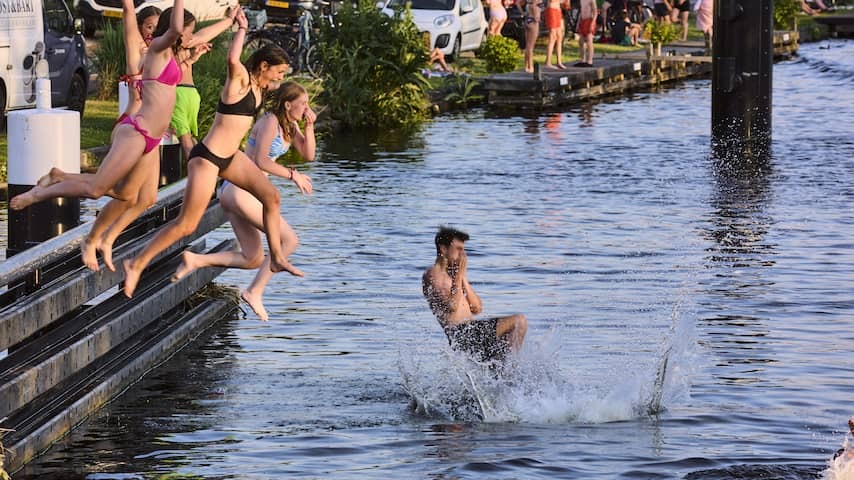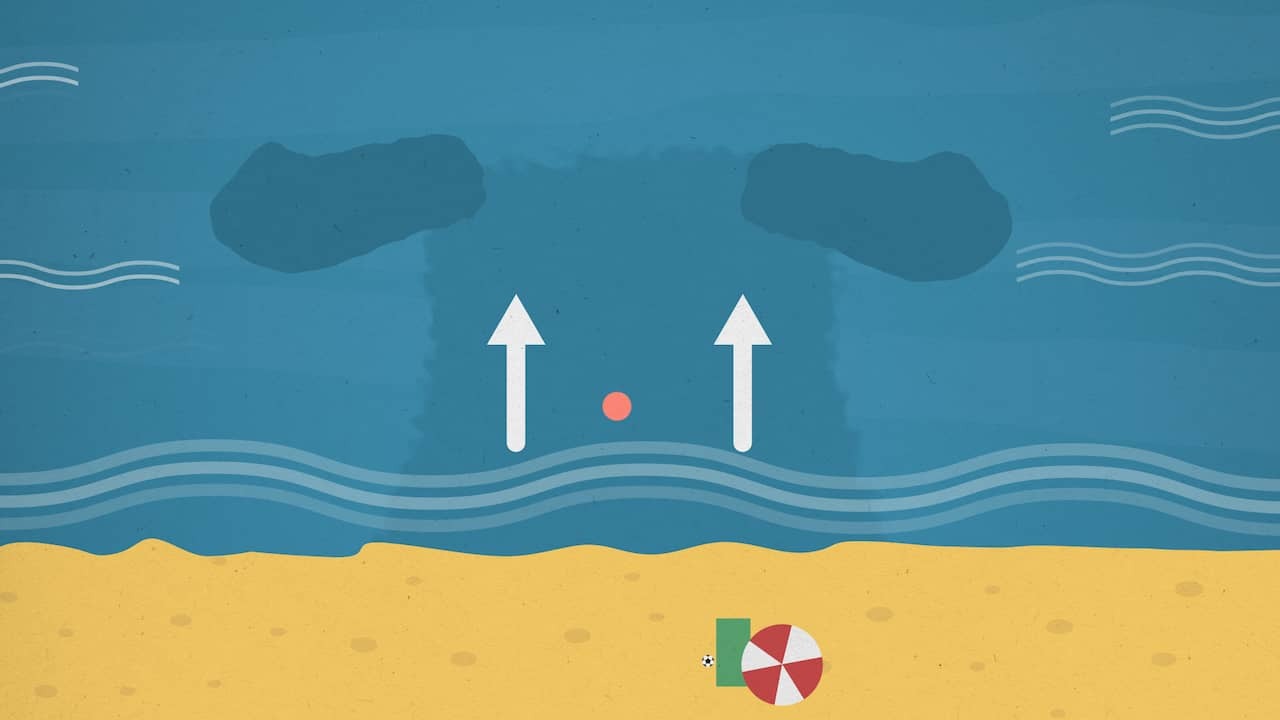
Now that it’s warm, a dip in natural water is an obvious choice. Readers wonder about the water quality in our country. What should you pay attention to when swimming in open water?
According to a spokesperson for the Lifesaving Brigade, you should first ask yourself what kind of swimmer you are. “There is a big difference between paddling and entering the water with your whole body. Think carefully about whether you feel fit enough and whether you have sufficient swimming certificates.”
If you are really going to swim, you should take a good look at where you want to do that. “You have to watch out for waters with a lot of boat traffic or where there are locks. Also pay attention to the warning signs.”
Stay close to the shore
Not all open water is equally good for your health. For example, there may be blue algae in the water, you can sink into silt or get swimmer’s itch. Current information about safety in and around the water in your region can be found on Zwemwater.nl.
All swimmers are advised to stay as close to the shore as possible. Even if you are an experienced swimmer. If you swim in the sea, you can end up in a rip current, a local strong current that arises between sandbanks. “A rip current is not so dangerous in itself, it is more that swimmers can be very frightened by it. Sometimes they panic and try to swim straight back to the beach and become overtired further out at sea.”
You can swim a bit to the left or right, out of the rip current. Once above the sandbank, you can turn around and swim back to the coast.
 1:25
1:25
Danger at sea: what is a rip current and how do you get out?
Low water temperature is dangerous
According to the Lifesaving Brigade, you should also be extra alert because the temperature of the water has risen less recently than the outside temperature. “If the temperature of the open water is below your body temperature, you can become hypothermic and get cramps. This can cause dangerous situations. For example, in a triathlon it is mandatory to wear a wetsuit at a water temperature of 15 degrees or colder.” Rijkswaterstaat keeps track of how cold (or warm) the water is here.
There are also lifeguards present on large beaches. They use flags to indicate whether the water is safe to swim in, and what you should pay attention to.